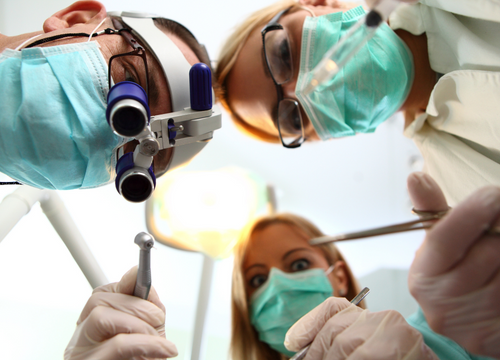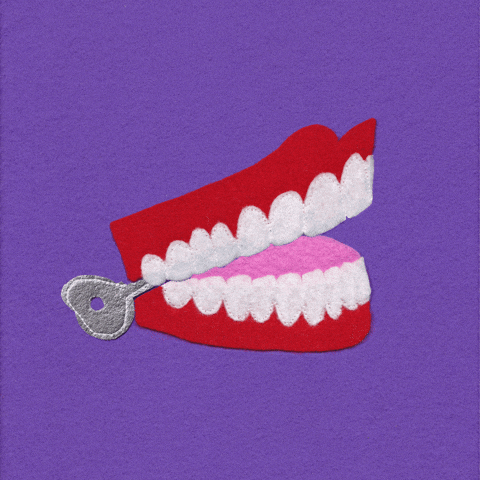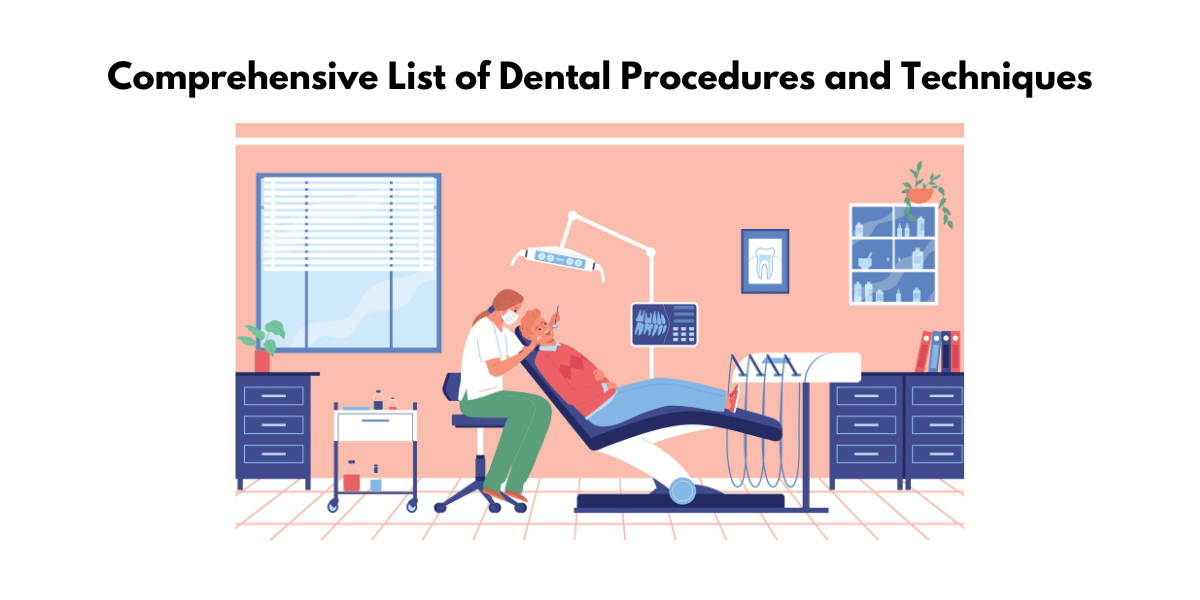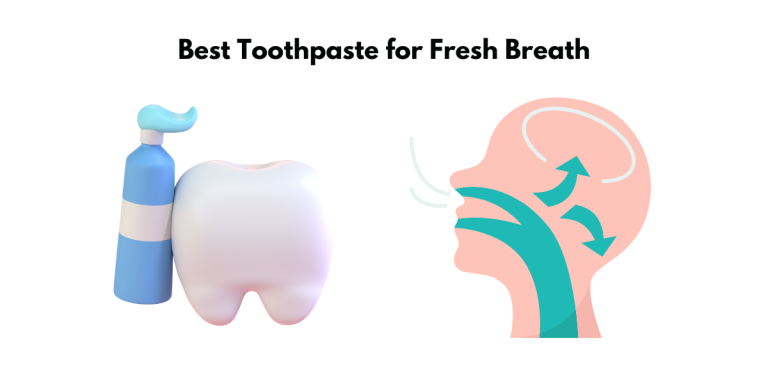A Comprehensive List of Dental Procedures and Techniques: What you need to know
A Comprehensive List of Dental Procedures and Techniques
Like most people, you probably don’t know much about dental procedures and techniques. And that’s okay!
Most of us only visit the dentist for routine cleanings and checkups.
But if you’re interested in learning more about what dentists do, this blog post is for you.
We compiled a comprehensive list of dental procedures and techniques so you can be informed the next time you visit the dentist.

What are the types of dental procedures?
Dental procedures are treatments and operations performed on the mouth, teeth, gums, or jaw. They’re usually done by a dentist or another oral health professional. There are many different types of oral hygienic procedures. Some common ones include:
Teeth whitening
Teeth whitening is a simple and affordable way to brighten your smile. The teeth whitening process lightens teeth’ color by using bleaching agents. Teeth whitening is most effective when performed by a professional like a dentist.
Fillings and repairs
Dental fillings are used to treat different types of dental problems, such as cavities and cracks. Dental fillings can be made from different materials, such as gold, silver, porcelain, or dental resin. Dentists check for cavities and cracks before filling teeth and use a dental drill to remove decayed tissue. Patients choose the filling they want from a variety of options.
Veneers
Veneers are a type of dental restoration used to fix teeth that have suffered damage due to accident, decay, or staining. They are thin porcelain shells that fit over the facial surface of teeth and can be used to improve the teeth’ color, shape, and position. Veneers are ideal for people who have dark staining or chipped tooth or fractured front teeth.
Invisalign braces
Invisalign braces are an increasingly popular orthodontic procedure that uses clear aligners to help correct crooked teeth. The aligners are worn 22 hours a day and replaced every two weeks. Invisalign works over a longer period and is less visible than traditional braces, but it can still be effective in straightening teeth into place. It may cause some discomfort, but it is generally pain-free and provides the same outcome as traditional braces – healthier, straighter teeth that are easier to take care of.
Tooth extractions
A tooth extraction is when a dentist removes a tooth from its socket in the jawbone. This type of dental treatment may be necessary for various reasons, such as preventing further pain, decay, or infection. Patients are typically sedated or numbed during the procedure so they do not feel discomfort while the tooth is removed. Extractions often prevent future pain and can improve oral health by removing an infected or decayed tooth before it causes more serious issues.
Extractions
Extractions are often necessary to prevent further pain. They can be uncomfortable, but they are almost always successful in preventing pain. Dentists perform extractions for a variety of reasons. Third, molars are the most commonly missing tooth.
Braces
Braces are often used to position teeth in a way that is more aesthetically pleasing. They can also be used to make it easier to clean teeth and correct bad bites. Invisalign braces are a great option for adults because they are nearly invisible.
Root canals
A root canal is an oral procedure that removes the infected or inflamed tissue from inside or beneath a tooth. This treatment is often necessary when the blood vessels, nerves, and other structures inside the tooth become infected due to decay or injury. During a root canal procedure, numbing agents are used to ensure that it is painless for the patient. Removal of the roots of a tooth may be necessary to properly treat an infection and relieve any associated pain or discomfort. Root canal cost can range from $600 to $2,000 depending on the severity of the infection and the tooth that is affected.
Dental Bonding
Dental bonding is used to repair teeth that have minor chips, discoloration, or are slightly crooked. This treatment is more affordable than other cosmetic dentistry treatments and can usually be completed in one visit. Bonding uses a composite material that can be molded into the perfect shape and is less likely to stain than other materials. However, it does not last as long as porcelain veneers and is easier to break. Dental bonding provides many benefits for people with stained or chipped teeth, including being minimally invasive, quick, and cost-effective compared to other treatments.
Crowns
A dental crown is a cap-shaped oral procedure used to cover a tooth’s portion above the gum line. It is usually made of porcelain, metal, or both and can be custom-made to fit an individual’s teeth and jaw movements. Dental crowns are typically used to improve chewing ability in cases where too little tooth strength remains for a filling. Additionally, they help restore normal bite and jaw movements. In some cases, crown lengthening may be necessary to increase the crown size; this involves reshaping or removing gum tissue around existing teeth to install the crown properly. Depending on their needs, a custom-made medical device may also be prescribed for certain patients.
Gum surgery
Gum surgery is an oral procedure used to remove and replace infected or damaged gums to improve gum health, reduce gum inflammation, and limit the spread of periodontal disease. Implications of oral surgery may include guided bone and tissue regeneration, depigmentation of the gums, and a gum lift.
Bridges and implants
Bridges and dental implants are two different ways to replace missing teeth. A bridge is a type of prosthetic that uses surrounding teeth for support, while a dental implant is a metal post-surgically implanted into the jawbone. Both options have benefits and drawbacks, so it is important to consult a dentist or oral surgeon to determine which option is best for you.
Enamel abrasion
Enamel abrasion is an oral procedure that uses fine pumice to remove surface stains. It can remove superficial stains caused by tobacco, wine, soda, and coffee but is ineffective for removing intrinsic stains or discoloration inside the tooth. As it is very effective at removing such surface discolorations, enamel abrasion has been included as an important part of oral procedures.
Teeth cleanings
A teeth cleaning is an important procedure for maintaining oral health. Regularly scheduled cleanings, typically every six months or yearly, help to prevent tooth decay, gum disease, and other potential oral health issues from developing. Additionally, teeth cleaning can improve the teeth’ aesthetic and help prevent future dental problems. Various types of teeth cleaning can be done either in a dentist’s office or by oral surgeons.

How to choose the right procedure for your needs?
You want to improve your appearance. You’ve thought about it for years and finally decided to do something about it. But where do you start?
There are so many procedures available – how can you choose the right one for you?
Step 1: Consider your dental hygiene needs
Before choosing a dental procedure, it is important to consider the policy of the dental office and what procedures are covered under it. One should also be aware of any limitations or restrictions that may apply to the particular procedure. Additionally, it is recommended that patients visit a dentist twice a year for regular checkups and cleanings, as this helps prevent any potential issues from arising in the first place. Lastly, one should schedule a consultation with their dentist before choosing any oral procedure to ensure they receive proper care and treatment.
Step 2: Research the different procedures available
Individuals need to research the different procedures available before choosing one to ensure they make an informed decision. Researching different options allows individuals to become aware of any potential risks or benefits associated with the procedure and understand what costs will be involved and what alternatives are available. Understanding these factors can also help individuals identify emergency dental cases that may require attention in the future, such as wisdom teeth extraction.
Step 3: Talk to your dentist about the available options
Talking to a general dentist about the options before choosing a procedure is important because doing so can help ensure that the best possible care is taken for oneself or one’s child. By discussing the risks, benefits, alternatives, and post-procedure care associated with each option, patients can make an informed decision that considers their own needs and preferences. Additionally, talking to a dentist may allow for access to two-visit procedures that can be quick and painless or advanced technology, such as office “printers,” which can create crowns in the same visit.
Step 4: Ask about the possible risks and benefits of each procedure
Individuals need to ask about the risks and benefits of any procedure before deciding because it helps them to understand what the procedure involves, what the costs will be, and any potential side effects. Asking questions about alternatives, anesthesia, dental fillings, and tooth decay prevention can help individuals make well-informed decisions best suited to their needs. Additionally, asking about costs before agreeing to a procedure can help ensure that individuals are not surprised by additional charges or fees at a later date.
Step 5: Ask about the cost of each procedure
It is important to ask about the cost of a procedure before having it done to ensure that the patient receives an accurate quote and understands all fees involved with the procedure. Additionally, it allows for transparency between the dentist and patient by asking questions about potential risks, benefits, and costs associated with a particular dental procedure or technique. This can help patients make informed decisions and prepare financially for necessary treatments.
Step 6: Make an informed decision about the procedure that is right for you
Individuals need to make an informed decision about the right procedure to avoid potential discomfort and unnecessary costs. By asking questions and discussing all fees involved, patients can ensure that they are making a decision based on accurate information. This ensures that any procedures chosen are safe and effective, allowing the patient to receive optimal results from their dental care.
Step 7: Ask about local anesthesia options
The purpose of local anesthesia is to reduce the pain associated with oral procedures and make the experience more comfortable for patients. It is important to consider local anesthesia when choosing a procedure because it can help make the experience more bearable for the patient and reduce any potential risks associated with the procedure. Before undergoing any oral procedure, discussing available options for local anesthesia with your dentist and weighing potential risks and benefits is important.
Step 8: Research the different types of anesthesia available
The different types of anesthesia available vary regarding their benefits and drawbacks. Local anesthesia numbs a specific area, while general or conscious sedation puts the patient into a sleep-like state. Intravenous anesthesia is injected directly into the bloodstream and is used for surgical procedures. Additionally, regional nerve blocks can numb larger body areas such as an arm or leg for more involved procedures. Each type has its advantages and disadvantages depending on the procedure being performed and the risk factors associated with each patient, so discussing any concerns with your dentist before beginning treatment is important.

FAQs
Here are some of the most frequently asked questions about dental procedures:
What are basic dental procedures?
Common dental procedures performed by general dentists include cleaning and repairing teeth, as well as performing a variety of other treatments. These treatments can range from fixing teeth to more complex surgeries. Generally, dentists can address most dental problems through one of the five most common procedures: fillings, crowns, bridges, root canals, extractions, and implants.
What are routine dental treatments?
Routine dental treatments are essential for maintaining good oral health. They can help prevent tooth decay and other dental problems and provide an opportunity for patients to ask questions about their oral health. Dental treatments typically involve various procedures and techniques, such as regular exams, inspections of teeth and gums, looking for signs of decay, X-rays or scans, cleaning the teeth, and providing fluoride treatments. Regular dental visits allow patients to stay on top of their oral health by catching any potential problems early on.
What dental procedures are considered basic restorative procedures?
Dental procedures that are considered basic restorative dentistry include extractions, fillings, and root canals. Extractions involve removing a damaged or decayed tooth from the mouth. Fillings repair small cavities and reduce the risk of further damage. Root canal therapy is necessary when a cavity or crack goes deep into a tooth and involves removing the diseased pulp, cleaning and disinfecting the inside surfaces of your tooth, filling it with gutta-percha, and then covering it with a crown for additional strength and support.
Do you sleep during dental surgery?
The consequences of not sleeping during dental surgery can be very serious. Without adequate rest, patients may experience increased levels of pain and difficulty healing from the procedure, and a heightened risk of infection or other complications. In some cases, even life-threatening situations can arise due to lack of sleep during dental surgery. Following all pre-surgical instructions and getting enough rest before undergoing any oral procedure is important.
How regularly should you get your teeth cleaned?
It is recommended that individuals get their teeth cleaned at least once a year, and ideally every six months. Regular visits to the dentist for exams can help detect any potential issues early on, and regular teeth cleaning helps maintain good oral health. Therefore, appointments with a dentist for regular cleanings are important to ensure optimal dental health.
- Dental Hygienists: What do they do and how to find one - January 26, 2023
- A Comprehensive List of Dental Procedures and Techniques: What you need to know - December 20, 2022
- Dental Anxiety: How To Overcome The Fear Of Going To The Dentist - January 20, 2022







